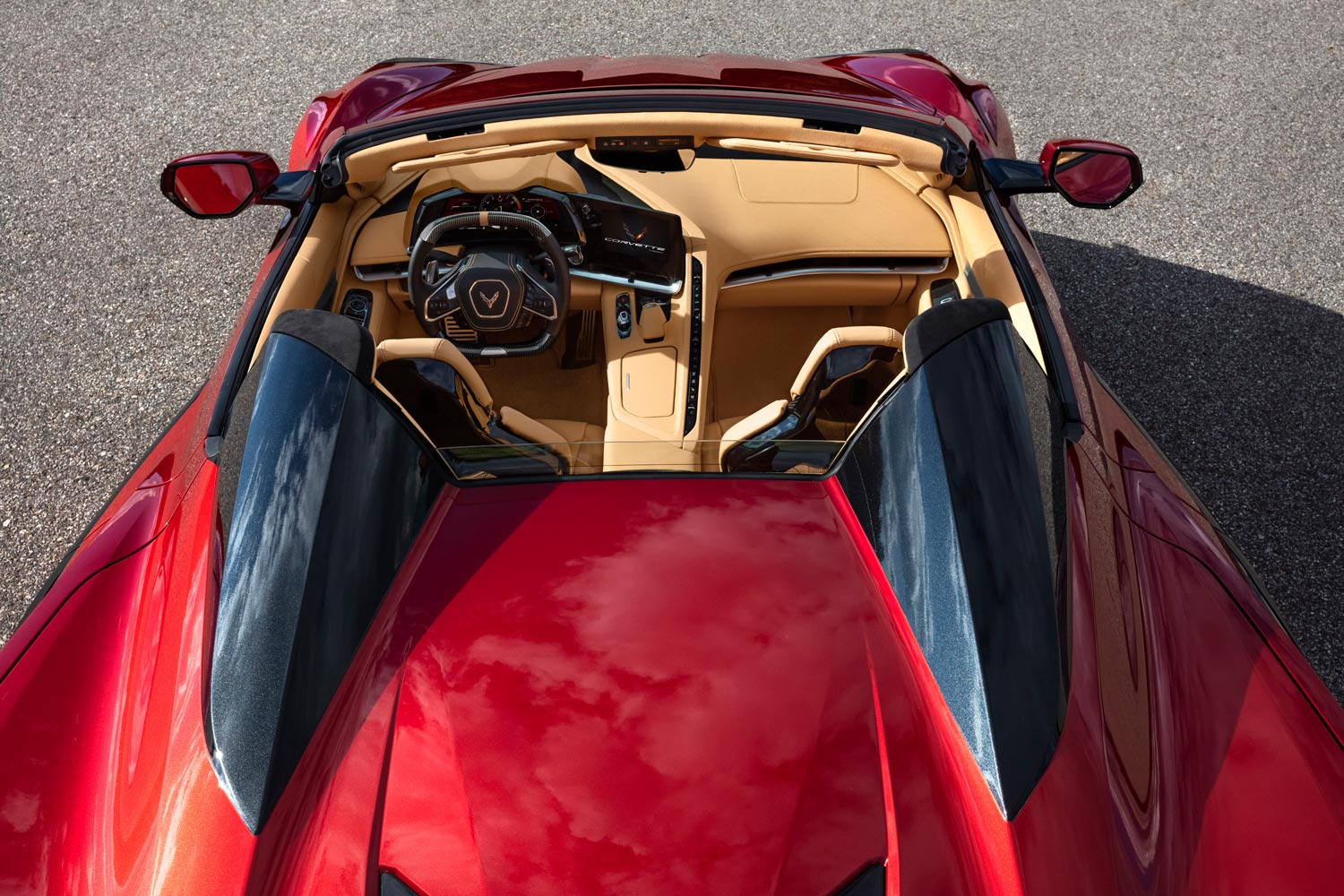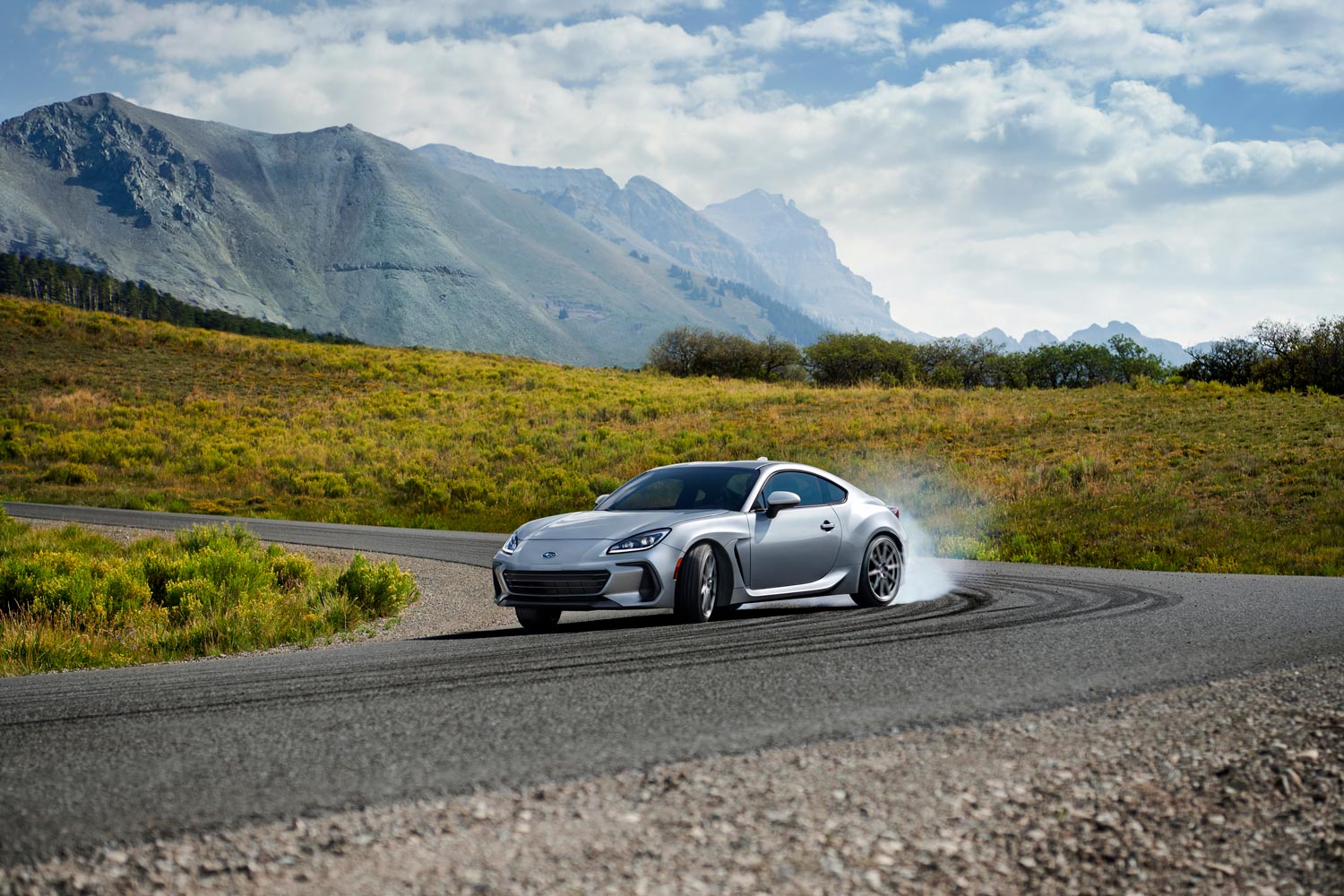Why Mid-Engine Design Makes a Better Sports Car
Born in motorsports, bred further in exotics, the ideal distribution of mass in mid-engine design makes for a better-behaved sports car.
Capital One
A mid-engine sports car has that engine located in between the axle lines of the two front and two rear wheels. This most often means the engine sits right behind the passengers and ahead of the rear wheels. But why? A mid-engine layout helps deliver the best possible performance, which is what sports car customers, and the engineers who design the cars, want.
Mid-Engine Benefits Explained
The engine is the heaviest single component of a gasoline-powered vehicle, and placing it in the middle helps maximize a car’s handling performance. A mid-mounted engine more evenly distributes the weight across the car’s four tires, allowing them to grip the road at their maximum potential during cornering, braking, and accelerating.
 Chevrolet
Chevrolet
The centralized mass also helps make mid-engine cars more responsive. As a vehicle changes velocity (when accelerating or braking, for instance), the car’s weight distribution shifts, influencing the capability of the tires and suspension. That engine’s weight acts upon a moving car much like a pendulum. Focusing the weight in the middle of the car makes the vehicle more balanced, and helps it change direction more easily because there is less mass for the front tires to move.
While several other factors influence a car’s behavior while cornering, braking, and accelerating, many of them can be adjusted. Tire selection, different tire pressures, spring rates, and shock absorber settings make a big difference to a car’s performance and behavior. But no amount of suspension tuning can replicate the driving characteristics bestowed by engine placement. When it comes to performance, a mid-engine design has a head start.
What Are Some Mid-Engine Cars For Sale Today?
The very first mid-engine cars were born in motorsports, expressly for racing. Later, exotic sports car companies like Ferrari and Lamborghini offered expensive, mid-engine models in the 1960s. In the 1970s, automakers began offering more affordable mid-engine cars like the Porsche 914 and the Fiat X1/9. By 1984, Toyota offered the MR2 and Pontiac started building the Fiero, both featuring mid-mounted engines and transmissions.
Today, mid-engine design has come to America’s longest-lived sports car, the Chevrolet Corvette. The Corvette adopted the layout with the latest generation’s launch for the 2020 model. When it comes to performance on the track, the results back up the feel from behind the wheel: when GM started racing the mid-engine Corvette C8.R in 2020, they not only won six races and placed on the podium in seven within the IMSA sports car championship series, but also they set the fastest class laps in six events.
On the highly exclusive and expensive side, the mid-engine layout is still most common among exotics. Lamborghini’s Huracán and the outgoing Aventador both have mid-mounted engines, as do all McLarens and Ferrari’s F8 and 296 models.
 Subaru
Subaru
What Is a “Front-Mid-Engine” Car?
A “front mid-engine” car places its engine just ahead of the passenger compartment, but behind the front axle centerline. Because this offers much of the benefit of the traditional mid-engine layout, automakers and car enthusiasts began using the term “front mid-engine” to differentiate such cars from similar-looking, conventional, front-engine cars.
There are a handful of machines that fit this description, including Honda’s sporty, rear-wheel-drive S2000, the Corvette before it went to a mid (rear)-engine layout, and the Subaru BRZ/Toyota GR86 duo. It’s no accident that some of the most engaging sports cars on the market have chosen to position their front-mounted engines behind the front axle.
Written by humans.
Edited by humans.
 Jim Resnick
Jim ResnickFrom racing exotic sports cars, to ranking new cars, to peeling back layers of cover up in an exhaust emissions scandal, Jim has chronicled the automotive sector for decades. Jim has also worked inside the corporate headquarters of three carmakers, and therefore understands how the automotive sausage is really made. But Jim’s affinity for vehicles takes a back seat to finding the truth and the cultural implications of modern transportation. He has also lectured at universities to engineering and policy students and faculty on the industry’s relationship with legislation in the wake of the diesel exhaust emissions scandal several years ago. Put simply, Jim reports on autos, mobility, tech, car culture, and the traffic jam of topics within.
Related articles
View more related articles